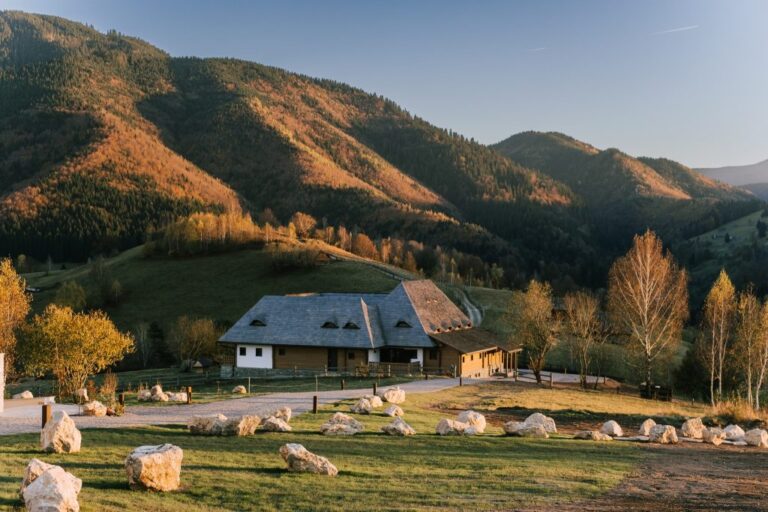The travel industry in Central and Eastern Europe has been based on offering budget accommodation and low-cost (and usually poor quality) services to Western European tourists looking for a cheap holiday. It’s time to change this mindset.
Perhaps Romania’s most famous tourist attraction, Bran Castle remains a proud and majestic sentinel on the border between Transylvania and Wallachia (two of the three historical principalities that make up present-day Romania), nearly 700 years after it was first built.
Perched atop a dramatic cliff, this fortress has a history steeped in tales of Vlad the Impaler, who inspired Bram Stoker’s Dracula. There’s little evidence that Vlad made much of the castle, and Stoker never set foot in Transylvania, but at night, the walls and towers are lit up in precise detail like a film set, creating the exact atmosphere. If any castle in the world could be Dracula’s lair, this would be it.
Romania has never been afraid to cash in on the Dracula legend, and that’s evident in Bran. Over the past half century, tourism has boomed along the mountain pass that links Transylvania and Wallachia on either side of the castle. From Lucar in the south to Raşnov in the north, the road is lined with endless pensions and hotels of questionable design, often at odds with their surroundings.
The single lane road is barely able to cope with the constant stream of vehicles coming and going, causing endless traffic jams which, combined with the incongruous roadside structures, further diminish the grandeur and grandeur of what was once the most majestic site in all of Romania. Literally, only the castle itself rises out of the mire below.
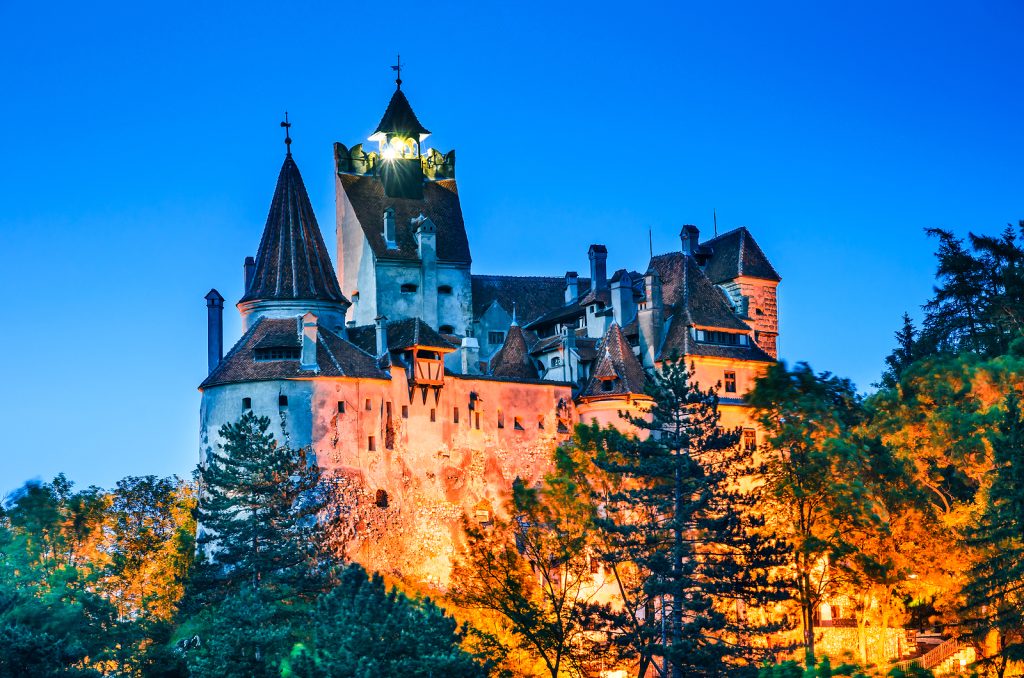
Bran Castle. That’s right.
Bran is a microcosm of the problems facing tourism not just in Romania, but throughout Central and Eastern Europe: overdevelopment of the Bansko ski resort in Bulgaria and the coast of Batumi in Georgia are just two of many bad examples where lax planning laws combined with a “buy high, sell low” culture are destroying what made these places so attractive to tourists in the first place.
It’s a culture fostered by a constant stream of articles in newspapers around the world luring tourists with promises of “budget-friendly” (a polite way of saying “cheap”) adventure, food and drink, as if cheap beer was the only reason to visit a region, city or country.
Equally unfortunate is that many Central and Eastern European countries have made little effort to shake off their image as “low-cost” travel destinations, and some even openly embrace it – perhaps a relic from the pre-1989 era when these countries were all under communist regimes and focused primarily on attracting tourists with affordable prices.
At the time, the travel industries in these countries were based on providing budget accommodation and low-cost (and usually poor-quality) services to Western European tourists looking for cheap holidays.
This legacy will be hard to shake off: decades of promoting low-cost tourism have ingrained this image in the global consciousness. The challenge these countries now face is to reinvent themselves, shifting their focus from cheap prices to unique, quality experiences that highlight their rich cultural heritage, stunning natural landscapes and an increased ability to offer premium services.
A worthwhile experience
Indeed, as the travel and tourism sector evolves, so too must the region: the myth of “cheap” travel is becoming outdated (and in many places it’s now simply wrong), meaning the time has come for CEE to reposition itself as a hub for premium, high-value experiences.
This change is not only necessary but essential for sustainable growth and alignment with global travel trends, and owners of establishments such as Matka, tucked into the hills about nine kilometers from Bran Castle, understand this.
Matka has only been open a few months, and last week it joined Relais & Châteaux, an association of privately owned and operated luxury hotels and restaurants, so we should all hope it will be a part of the future of tourism in the region.
Matoka’s investors (who are Romanian) forsook the temptation to build yet another eyesore and instead built the accommodation in a beautifully renovated farmhouse, with a central building housing a fantastic spa and a restaurant that respects local traditions and serves a menu made with locally sourced ingredients – all with a modern twist.
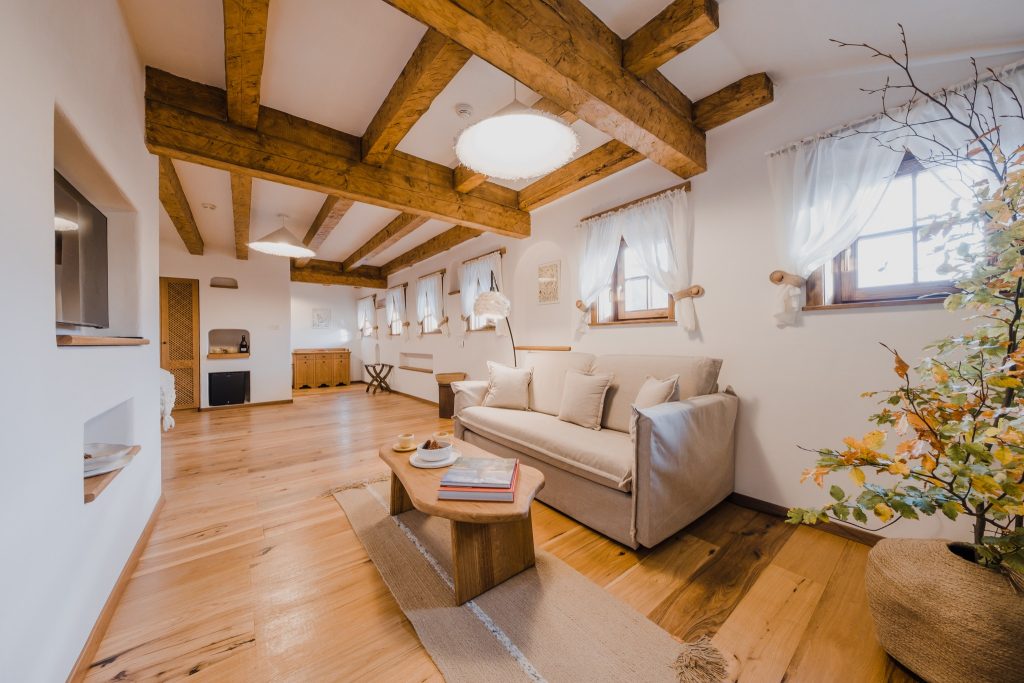
One of the renovated farmhouses in Matka
Matka is not only a glimpse into the Romania of the past, but also a portal into the future: in every direction, the untouched by development reminds us that this was once pastureland and little else. We can only hope that this will continue to be the case, rather than the exception.
As the world gets smaller and travellers’ horizons broaden, moving up the value chain and offering exclusive experiences (Matca can even organise private tours of Bran Castle) may be the only way tourism across Central and Eastern Europe can remain sustainable.
Weak Models
Indeed, this is a hypothesis that applies not just to travel and tourism but to the region’s entire economy. Several studies back it up, most notably a major 2023 report by the Vienna Institute for International Economics (WIIW), which calls for a new growth model for the region, given that the previously successful “extended workbench” (i.e. “cheap labor”) template has reached its limits.
Mass tourism, with its combination of low-cost travel packages and large crowds, is causing a variety of problems worldwide, including environmental degradation, cultural decline, and overcrowding in tourist destinations.
In Central and Eastern Europe, even big cities like Prague, Budapest and Dubrovnik are seeing the negative effects: an influx of budget tourists attracted by cheap beer has strained local infrastructure, angered locals and created a tourism model that is unsustainable and does not benefit either locals or the environment.
The COVID-19 pandemic has further highlighted the fragility of reliance on mass tourism: as travel came to a halt, many CEE destinations faced economic difficulties and highlighted the need for more resilient and diversified tourism strategies.
New Prague? No thanks.
The medieval city of Brasov, 30km northeast of Bran, has never relied on mass tourism, which is part of the reason for its enduring popularity. Apart from a few modernist aberrations and the kitschy, unnecessary Hollywood-style signage on Mount Tampa that overlooks the city, Brasov (at least its medieval quarter) remains charming, with leisurely strolls through its partly cobblestoned streets revealing hidden courtyards, shops, cafés and restaurants.
The airport’s opening last year has raised concerns about an influx of unwanted tourists. “We don’t want to be the next Prague,” one local tour guide told me. But if any city in Romania is ready to fend off invaders, it’s Brasov. The many fortified churches in the surrounding area have done just that for centuries.
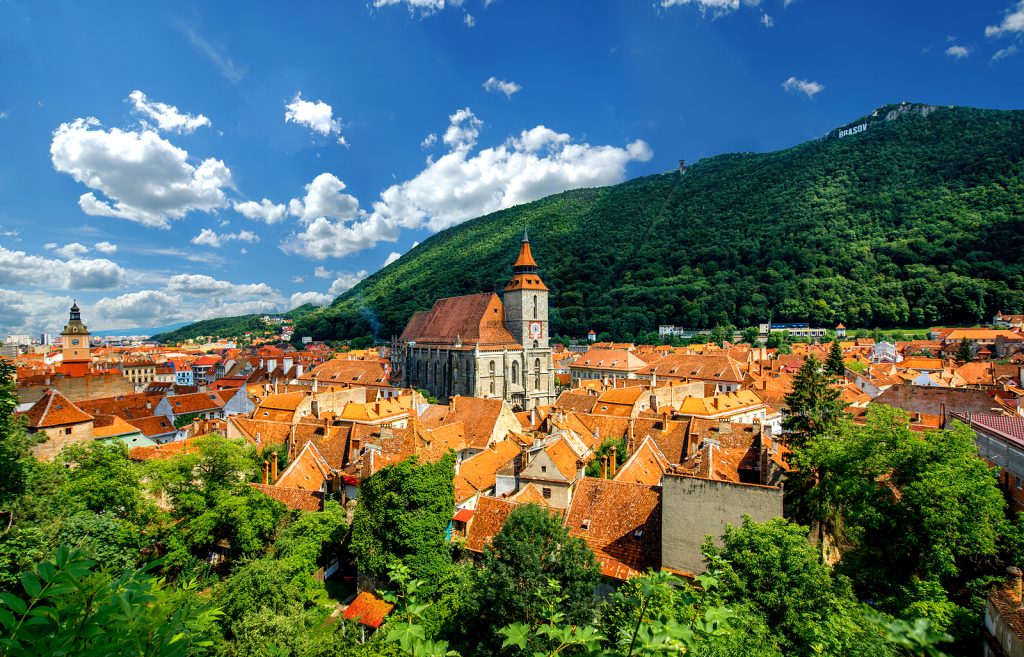
Brasov
More recently, strict rules on development in the city’s old town have all but prevented the emergence of shoddy, cheap hotels, gradually creating a market for more affluent, conscientious travelers willing to pay a premium for unique, responsible travel experiences.
The Radisson Blu Atrium, at the entrance to Brasov’s old town, is proof of this: a modern hotel with a contemporary yet unobtrusive design, and its rooftop pool offers stunning views of the city and the mountains beyond.
One of these is Poiana Brasov, Romania’s leading ski resort, which is a year-round destination for active people thanks to an extensive network of mountain bike trails and hiking opportunities when there is no snow.
Poiana Brasov is perhaps another example of how Romania is mostly getting tourism right. Whereas before 1989 it was a near-definitive template for cheap and (not necessarily) fun mass tourism, resort development over the past 30 years has focused on quality over quantity: only a handful of large hotels have been built, and almost all of them are at the top end of the market.
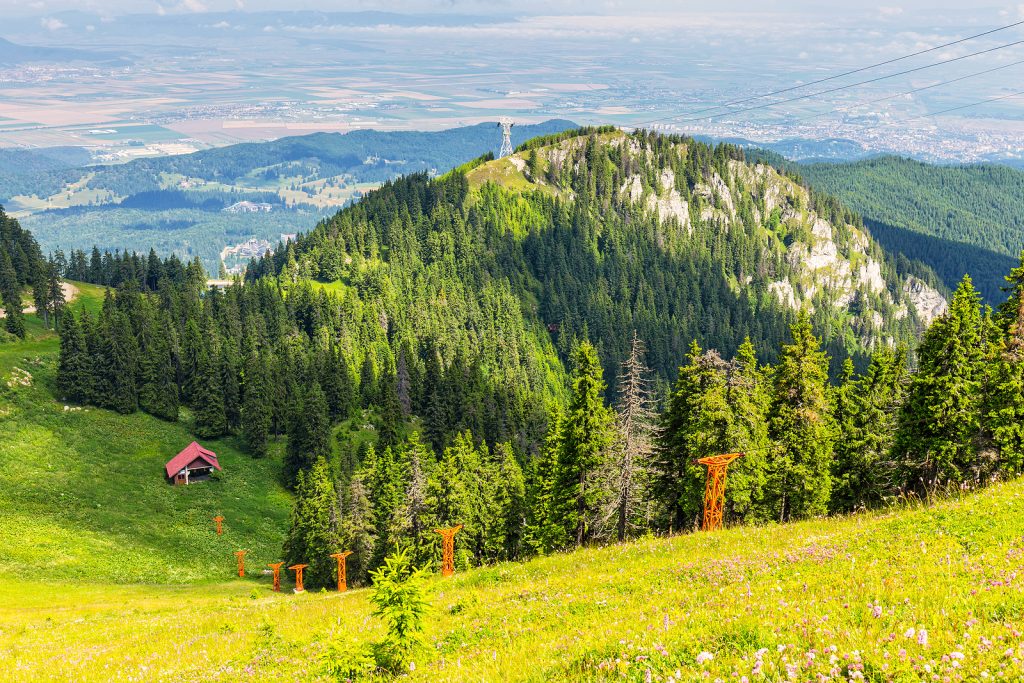
Poiana Brasov
Instead, money has been poured into renovating existing hotels, including Sport (one of the resort’s oldest) and its neighbour Bradur, both of which catered to budget package tourists in the not-too-distant past but now offer accommodation, dining and spa experiences befitting their stunning settings at the foot of mountains covered with fragrant pine trees.
Old templates become new
Once an archetype of mass tourism (though not perfect – the après-ski bars are very noisy during the ski season, the lift queues are long on weekends and some locals complain that the prices are too high) Poiana Brasov now stands as an example of a new archetype for a new era of travel in Central and Eastern Europe.
By moving up the value chain, the region can offer richer, more sustainable travel experiences that attract higher-spending, more discerning customers. This transformation requires strategic investments in infrastructure, services and marketing, along with a commitment to sustainability and authenticity.
Travel writers also need to abandon their obsession with “cheap” or “low-cost” destinations once and for all. The future of travel belongs to those who can adapt and innovate. For Central and Eastern Europe, now is the time to create a new narrative and lay the foundations for a vibrant, sustainable tourism industry that will stand the test of time.
That’s exactly what’s happening in this little corner of Transylvania, from Matka on the Bran to Pojana Brasov.
Unlike many news and information platforms, Emerging Europe is and will remain free to read. There is no paywall. We are independent and not affiliated with or representing any political party or business association. We want the best for Emerging Europe – nothing more, nothing less. Your support helps us keep spreading the word about this amazing region.
You can donate here. Thank you.


